Aberystwyth Castle | Visit Amazing Welsh Castles
Aberystwyth Castle is a striking example of a coastal fortress built during the medieval period in Wales. You can find it in the town of Aberystwyth, Ceredigion.
The castle overlooks Cardigan Bay and offers views of the surrounding area. Today, the remains stand as an open ruin, providing insight into the military history of the region.
The castle was originally built in the late 13th century under the orders of King Edward I of England. It served both defensive and administrative purposes during the period of English expansion into Wales. Although only parts of the curtain walls and towers remain, it is recognised as a key landmark in Welsh history.
Quick Facts
Location: Aberystwyth, Ceredigion, Wales
Type: Concentric castle (featuring multiple layers of fortifications)
Built: 1277–1289 under King Edward I
Materials: Primarily local stone
Current Condition: Ruined, open to the public
Entry Fee: Free to access
Dog Policy: Dogs allowed on leads
Managed by: Ceredigion County Council
Grid Reference: SN 582 815
This castle remains a freely accessible site. Visitors can explore its ruins, take in the sea views, and enjoy the adjacent parkland.
Brief History
Construction began in 1277. King Edward I ordered its building during his military campaigns to control Wales. The castle replaced an earlier motte-and-bailey structure known as Castell Tan-y-Castell, built by the Normans in the 12th century.
Work on the new stone castle finished around 1289. Its purpose was to secure English rule and suppress local Welsh resistance. The town of Aberystwyth grew around the castle, forming a planned settlement for English colonists.
During the 14th century, the castle experienced damage from Welsh uprisings, including the revolt of Madog ap Llywelyn in 1294–1295. Repairs followed each conflict, maintaining the site as a defensive stronghold.
In the early 15th century, Owain Glyndŵr captured the castle during his rebellion against English rule. The English crown later regained control. By the 17th century, the castle served less as a military base and more as a prison.
It saw final destruction in 1649 under orders from Parliament during the English Civil War. Parliamentarian forces slighted the structure to prevent its further use in conflict.
Today, the castle remains stand as a scheduled monument, reflecting centuries of political and military change in Wales.
Features and Layout
The castle was built following a concentric design. This means it had multiple lines of defence, with an inner ward surrounded by an outer curtain wall. Although much of the structure is ruined, several key features are still visible.
You can see the remains of the gatehouse, which once controlled access to the castle. The twin-towered gatehouse was the main entrance, designed for defence. Close by, fragments of the inner ward walls and towers show the original layout.
The castle also had corner towers. The most recognisable today is the north tower, where large sections of masonry survive. You can explore these towers and see arrow slits used by medieval archers.
A small chapel once stood within the inner ward. Only the foundations remain now, but the site helps to show the importance of religion within castle life.
Modern features include a memorial to those who fought in the First World War, placed within the castle grounds in the 1920s.
A unique feature is its coastal location. The defensive walls face the sea on one side, showing how the design protected from both land and maritime threats.
Did You Know?
You can still see carved medieval graffiti inside some sections of the walls. These markings show the castle’s long use by different groups, including prisoners in later centuries.
Images
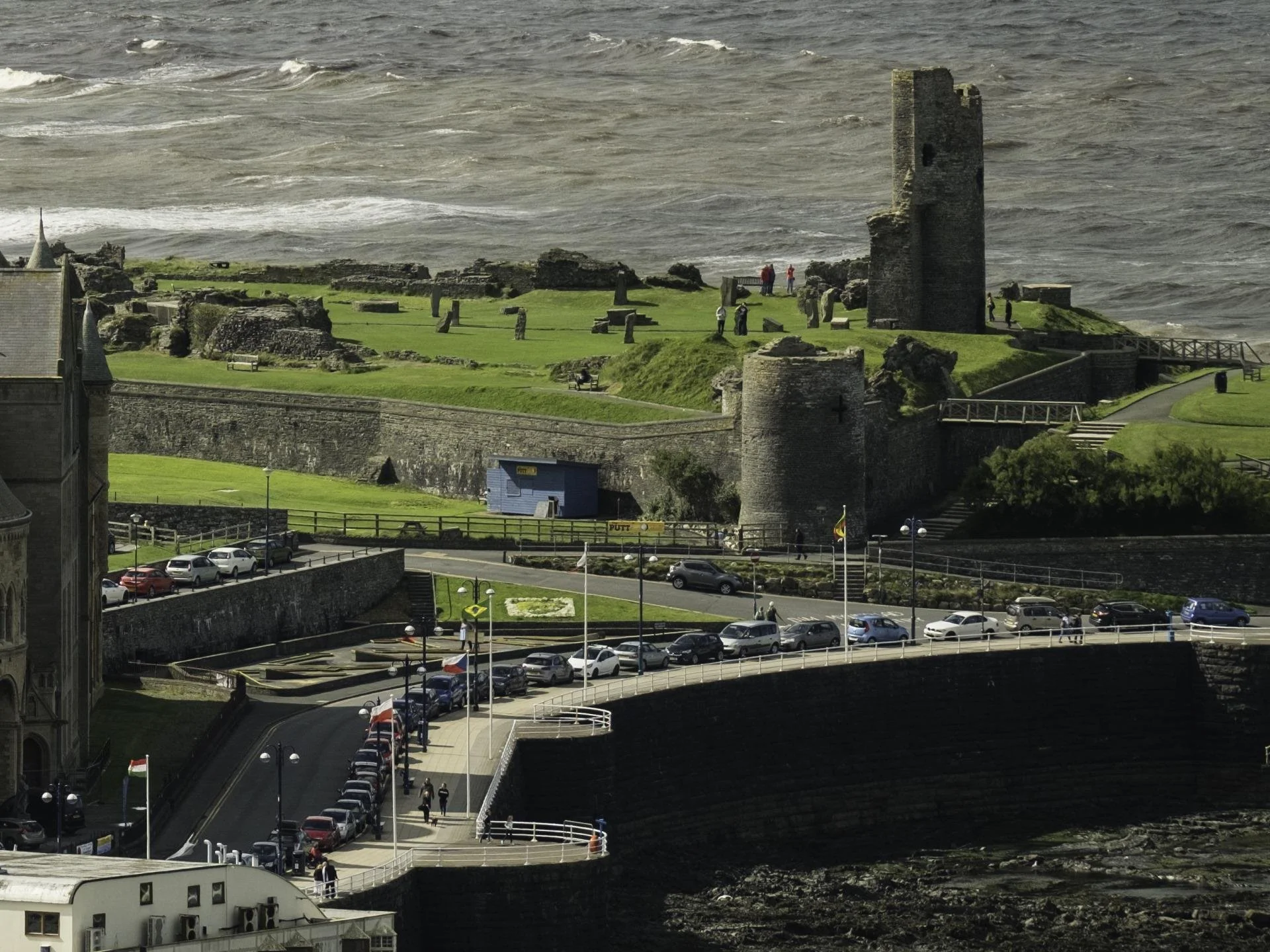
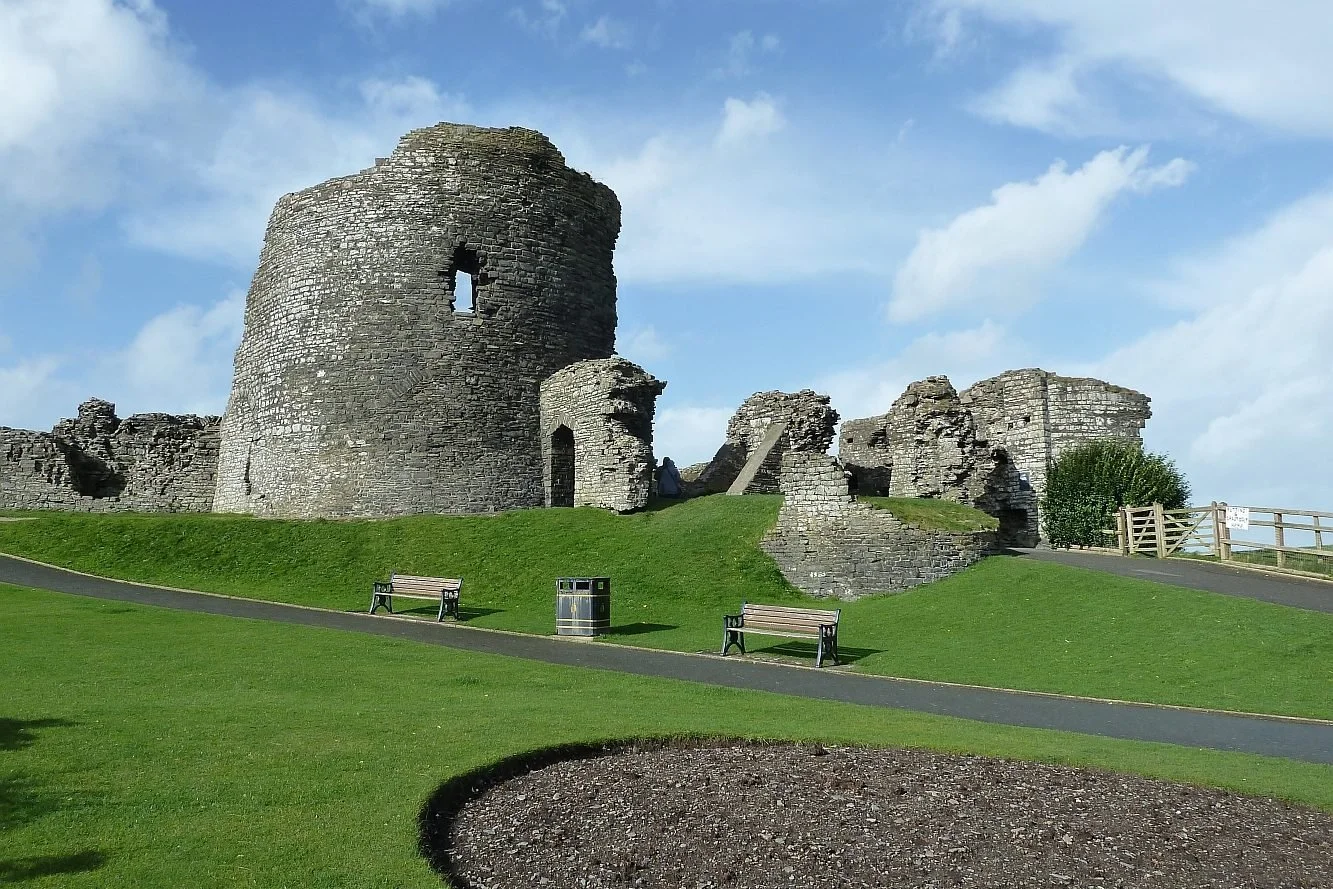


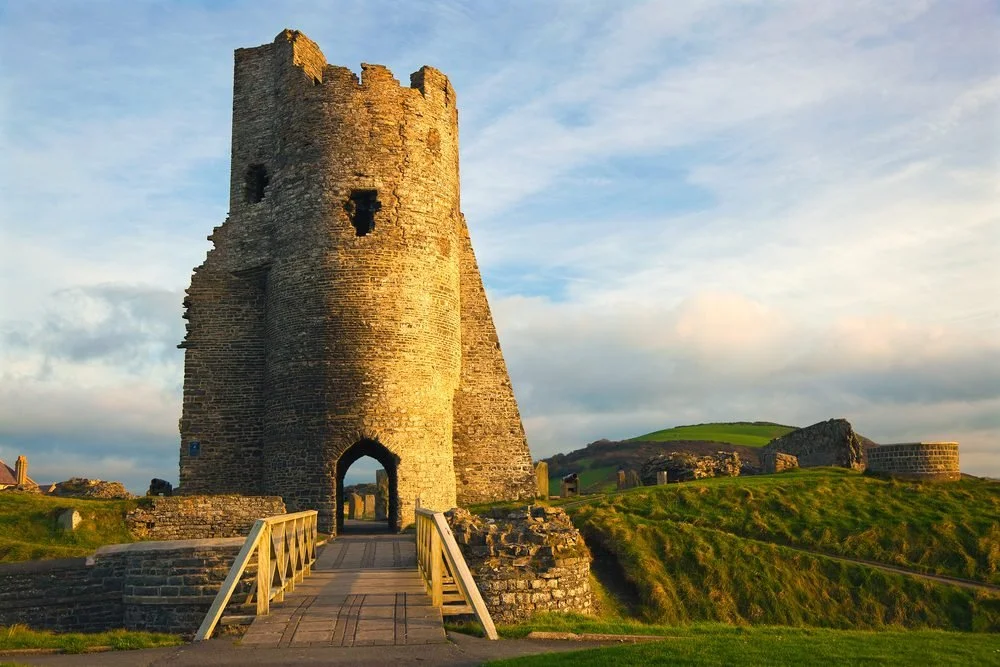
Legends and Stories
It features in several local legends and historical accounts. One tale describes a hidden treasure buried beneath the castle by Owain Glyndŵr during his early 15th-century rebellion. Though many have speculated, no such treasure has been found. This story is often mentioned in local tours and guidebooks, such as those offered by Visit Aberystwyth guides.
Another account comes from the English Civil War. Some sources, including historical plaques on-site, note that after the castle was slighted in 1649, stones from the ruins were used by townspeople to build local houses. This repurposing of castle material remains visible in older buildings around Aberystwyth.
Visitors on TripAdvisor have noted the atmosphere of the ruins, especially during early mornings or evenings when the site feels quiet and reflective.
Visiting
It is freely accessible and open throughout the year, with no formal opening times or ticketed entry. You can explore the ruins at your leisure at any time.
Ticket Prices
Entry is free for all visitors .
Opening Hours
The site has no gates and remains open continuously, day and night.
Facilities & Access
Located on the seafront, close to The Old College in Aberystwyth.
Street parking is available nearby, with the nearest car park a 5‑minute walk.
Public transport: the town's train and bus stations are approximately a 5‑minute walk.
Dog Policy
Dogs are welcome on leads throughout the castle grounds.
Additional Visitor Details
There are no formal visitor facilities, such as on-site information boards or toilets.
Benches are nearby, and parts of the castle grounds are maintained as public parkland by Aberystwyth Town Council.
Nearby Attractions
Here are several notable sites within easy reach of the site:
Aberystwyth Cliff Railway & Camera Obscura
Reachable in around 10 minutes on foot, the funicular railway ascends Constitution Hill. At the summit, you’ll find Britain’s largest Camera Obscura and panoramic views across Cardigan Bay.
Vale of Rheidol Railway & Devil’s Bridge
A short walk from the castle leads to the Vale of Rheidol narrow-gauge steam railway. It travels to the iconic Devil’s Bridge and its cascading waterfalls 12 miles inland.
Aberystwyth Arts Centre & National Library of Wales
Just under a mile away, the Arts Centre hosts theatre, film and exhibitions. Adjacent is the National Library—home to vast Welsh collections and an architectural highlight.
Seafront Promenade & Royal Pier
Stroll along the circa 1860s promenade and explore the restored Victorian Royal Pier. It features arcades, cafés and scenic sea views Visit Wales.
Ceredigion Museum
Housed in the former Coliseum Theatre, this nearby museum displays archaeology, local social history and military artefacts. Admission is free and it's a short walk from the castle .
Pen Dinas Iron Age Hillfort
Just south of the town, you can hike up Pen Dinas—a dramatic hillfort offering sweeping views over the castle and bay, and a chance to explore ancient earthworks.
Visitor Tips
Wear sturdy footwear: uneven ground and grassy slopes can be slippery after rain
Bring a camera: the castle offers wide sea views, especially good during sunset
Take a picnic: nearby parkland offers benches and open areas for picnics
Visit early morning or late evening: quieter times for photography and reflection
Combine with a visit to the National Library of Wales or Cliff Railway for a full day out
Bring your dog: dogs are welcome on leads
No toilets on site: nearest public toilets are on the seafront near the Old College
Check tide times: you can combine your visit with a beach walk when tides are low
FAQs
-
Visiting Aberystwyth Castle is free. There is no entry fee or ticket system in place (visitmidwales.co.uk).
-
Yes, dogs are allowed on leads throughout the castle grounds (visitwales.com).
-
There is no dedicated car park for the castle. You can use nearby street parking or public car parks in Aberystwyth, most within a 5-minute walk (visitmidwales.co.uk).
-
No, there are no on-site facilities such as a café, toilets, or gift shop. Benches and open park areas are available next to the castle (tripadvisor.com).
-
Yes, Aberystwyth Castle is open year-round, with unrestricted access at any time of day or night (visitmidwales.co.uk).
Wrapping it Up
This castle offers a direct glimpse into Wales’s medieval past. Its coastal location and open access make it a popular stop for visitors to the town of Aberystwyth. The surviving walls and towers reflect the castle’s role in both military history and local heritage. While it stands in ruin, the site remains a key feature of the Aberystwyth seafront, easily combined with nearby attractions and walking routes.
Sources
Visit Mid Wales
Official tourism guide detailing the castle’s location, access, and historical context.
https://www.visitmidwales.co.uk/things-to-do/aberystwyth-castle-p1727471
TripAdvisor
Visitor reviews and practical information on access, dog policy, and visitor atmosphere.
https://www.tripadvisor.com/Attraction_Review-g186428-d2691624-Reviews-Castell_Aberystwyth_Castle-Aberystwyth_Ceredigion_Wales.html
Discover Aberystwyth – Transport for Wales (TfW)
Local transport and visitor information, including the Cliff Railway and promenade details.
https://tfw.wales/places/destinations/aberystwyth
Insider’s Guide to Aberystwyth – Visit Wales
Overview of Aberystwyth’s attractions including cultural venues and town highlights.
https://www.visitwales.com/destinations/mid-wales/ceredigion-cardigan-bay/insiders-guide-aberystwyth
Dog-Friendly Attractions in Wales – Visit Wales
Confirmation of dog-friendly policies, including Vale of Rheidol Railway.
https://www.visitwales.com/things-do/attractions/dog-friendly-attractions
The Castles of Wales
Historical background on construction, Norman origins, and castle evolution.
https://www.castlewales.com/aberystw.html

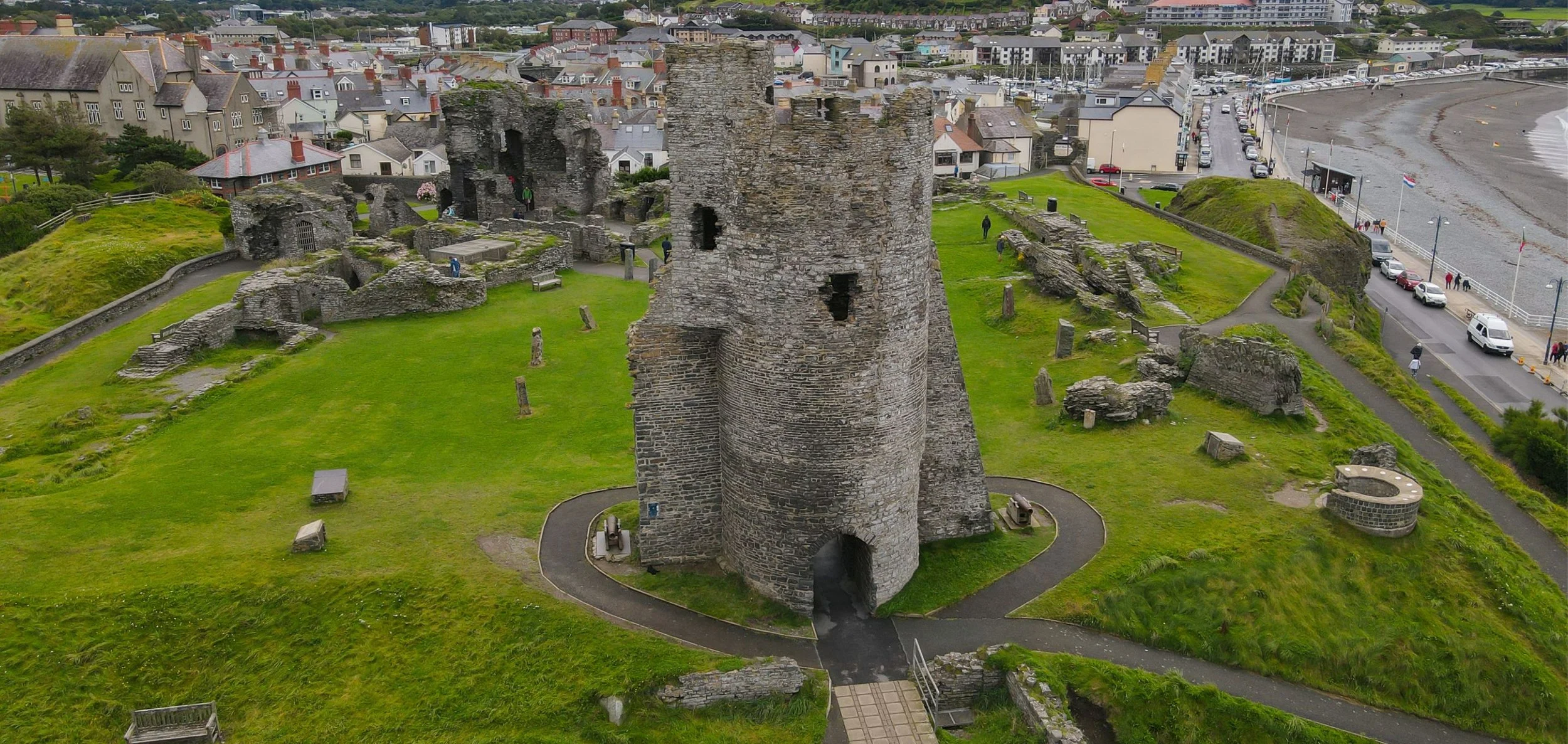

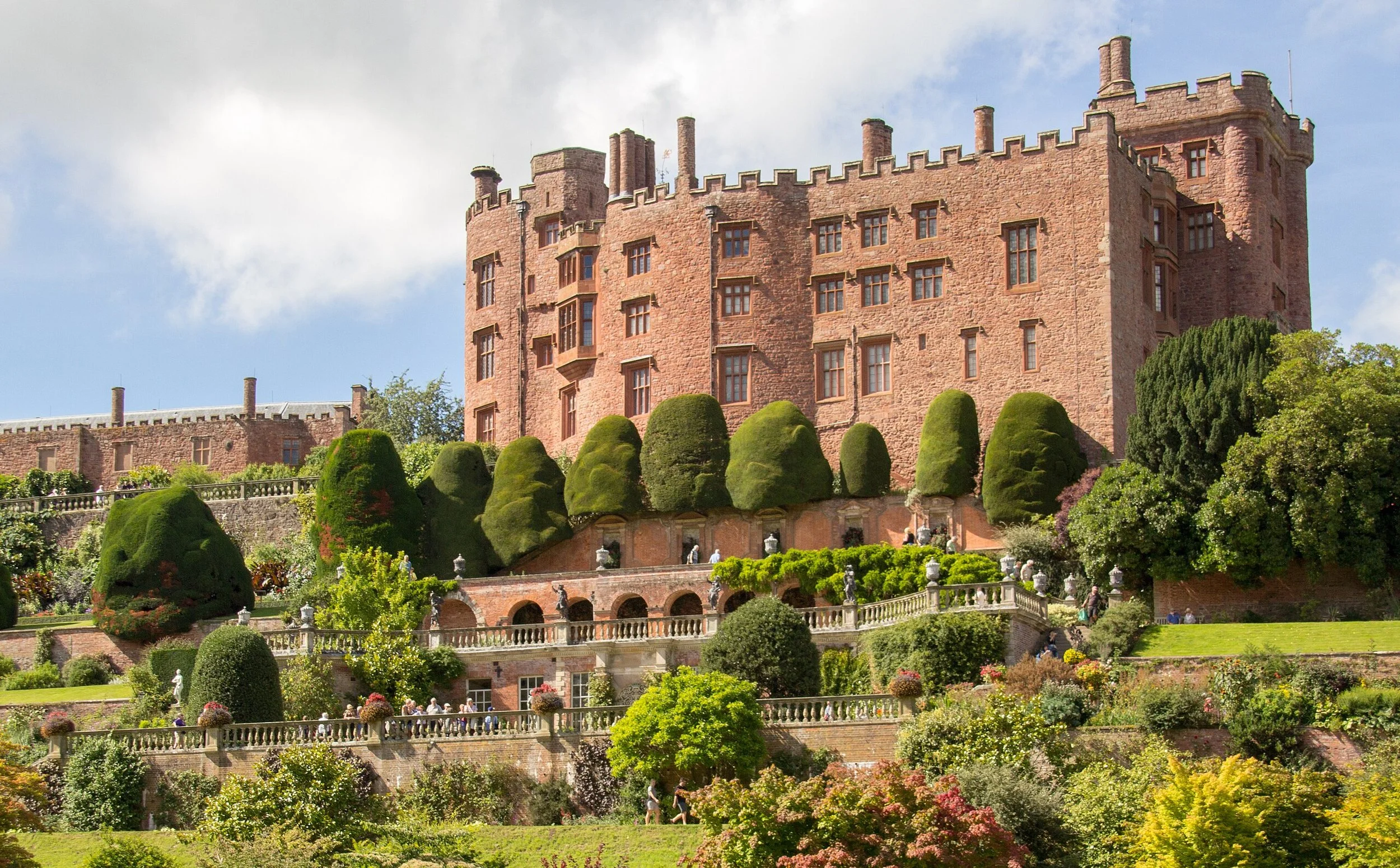
Aberystwyth Castle is a striking example of a coastal fortress built during the medieval period in Wales. It's found in the town of Aberystwyth, Ceredigion.